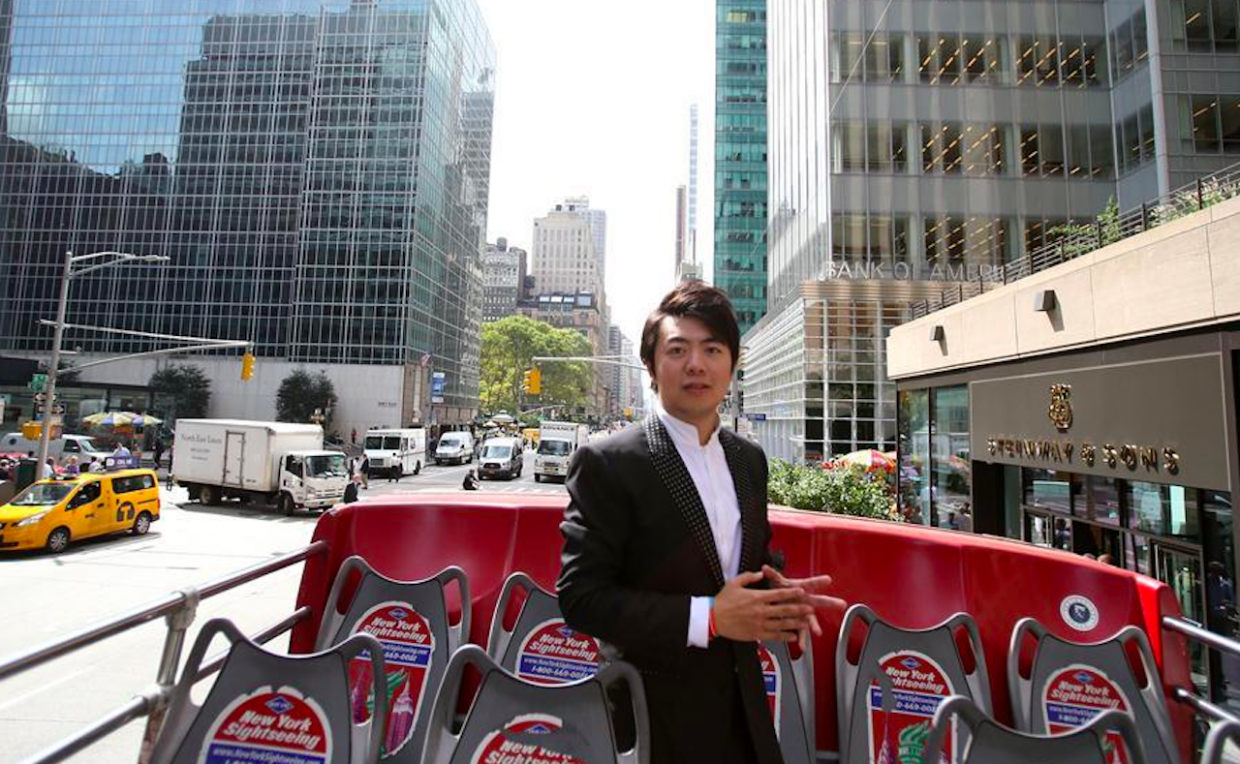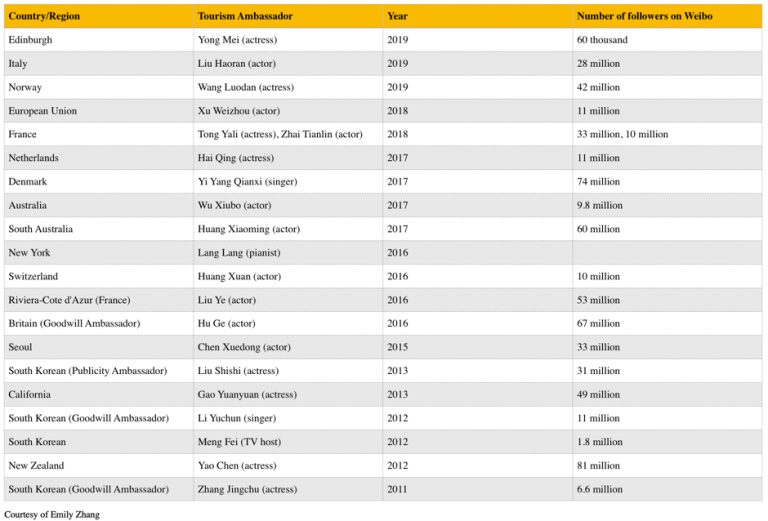World renowned pianist Lang Lang has been New York City's Cultural Tourism Ambassador since 2016.
DMOs looking to gain traction in China have long hired prominent celebrities, but the effectiveness of this model is being called into question. Photo: Xinhua
For over a decade, destination marketing organisations (DMOs) striving to elevate their stature with Chinese travelers would often partner with Chinese celebrities for their advertising campaigns. From actor Stephen Chow’s role as Ningbo’s tourism representative to pianist Lang Lang’s promotional work for New York City, the playbook for foreign and domestic DMOs has been relatively straightforward: hire a celebrity, sporadically release promotional material, and hope your chosen celebrity avoids any scandals. But in a diverse social media landscape, in which popular TV shows increasingly influence travel trends, the effectiveness of the old celebrity strategy needs to be reassessed.
Over the past five years, popular Chinese reality TV shows have recurrently proven to be strong drivers of consumer traffic to overseas tourism destinations. According to a report by Hotel.com, the travel variety show “Divas Hit the Road” boosted online searches for English hotels by 30 percent while the show “Sisters Over Flowers” increased searches about Turkey by 131 percent. Meanwhile, 62 percent of Chinese tourists cited in the report claimed that television and movies played a strong role in informing their travel plans.
Since western DMOs began courting travellers in the 2010s,
Chinese celebrity endorsements has been a common tactic to create awareness and increase market share. Table courtesy of Emily Zheng.
And as the expense of Chinese celebrity endorsements continues to rise (while the ROI of those campaigns remains unclear), the ease and measurability of running promotional campaigns on Chinese social media platforms seem more inviting than ever. Iceland drew 2.6 million likes for its northern lights post on the video-sharing platform Duoyu and Dubai reached 2.4 million likes when it featured aerial footage of Palm Jumeirah, the world-famous artificial archipelago. In China, Xi’an’s tourism board drove more than 100 million likes by encouraging visitor-generated content.
With these factors in mind, how should DMOs consider marketing to Chinese travelers in 2019?
Create comprehensive tourism campaigns
To attract Chinese tourists, don’t rely on a single slogan or advertising campaign. Unlike previous generations, today’s Chinese tourists are increasingly experienced and, by extension, have become sophisticated travelers. As they mature, they’ve come to expect more than group tours and basic activities, and marketing strategies should be growing alongside them. A mixture of online and offline content is essential, and while DMOs may not be able to drive the stories that popular Chinese television shows can, they still must figure out how to capitalize across various platforms.
Embrace new social media channels
As the millennial demographic continues to dominate the outbound Chinese travel market, DMOs need to reach this generation where they are — social media platforms like the video-sharing apps Douyin and Kuaishou, the specialty travel app Mafengwo, and the social e-commerce platform Xiaohongshu. Posting on WeChat and Sina Weibo no longer constitutes adequate outreach. Platforms have become more specialized in terms of the type of content they support.
Push relevant and eye-catching content
While Chinese destinations can use the heritage of local celebrities to drive traffic, international DMOs should find innovative and authentic ways to gain the attention of future travelers. For young Chinese consumers, personalized short videos from real travelers are far more engaging than traditional tourism advertisements. Unless you have the budget and know-how to pull off something akin to Travel Oregon’s Hayao Miyazaki, which toured the wild natural sceneries of the northwestern state rendered in Studio Ghibli’s visual style, less conventional means of communication are recommended. Ctrip, for example, worked with Chinese actor Peng Yuyan to create a series of campaigns on Douyin touching upon topics like ‘romantic travel’ and ‘spring travel’ (each video was a hit and received millions of views.)

